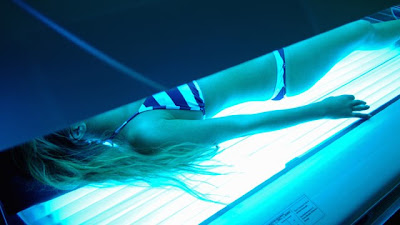“This semester I have so much more homework and class projects to complete in the final weeks of class,” Christina Ramos, a fourth-year student and Business Major said, “I have been getting my shifts covered at work just to give me more free time to work on my homework.”
To find a solution to their academic woes, students have resorted to their traditional espresso beverages and later bedtimes to get all their studies done. During this time in the semester, the local coffee shops notice a peak in customers studying in their lobbies and using the available wifi internet.
 |
| Coffe Filled Medical Bag Photo Credit: Elijah McKenzie, blogger |
“The entire atmosphere in the store changed when students came in to study. The morning business would involve a lot of conversation between the baristas and customers, and in the evening when more students would come; the store was much more quiet and decaf orders were minimal,” Desy continues, “it is almost a funny parallel to see.”
Typically, businesses such as the on-campus Starbucks and the off-campus coffee shops will cater to the students willing to buy product in exchange for internet. By offering the free wifi and refills, students are happy to have a place separate from their living room to study.
“I almsot always drive to some coffee place around my apartment to study. It is too distracting to be home and try to stay on track,” Ramos said, “plus, I can have my mocha to keep me going.”
In the end, the dedication put into the endless hours of typing and memorizing will pay off. CSULB students will be starting finals the week of May 16, 2011 and will be ready to enjoy their summer vacation.
“I really debated on whether to take a summer class or not,” Ramos said, “but once I start feeling all the stress of finals, all I want is a long break and a few months to refresh myself for the Fall semester."





